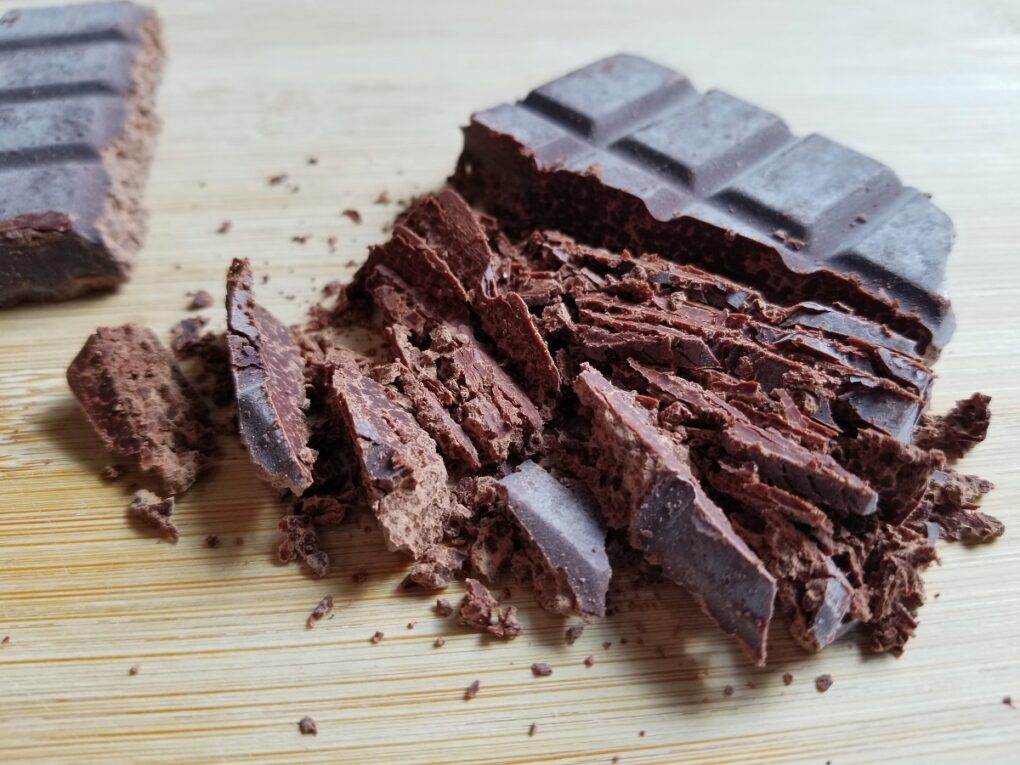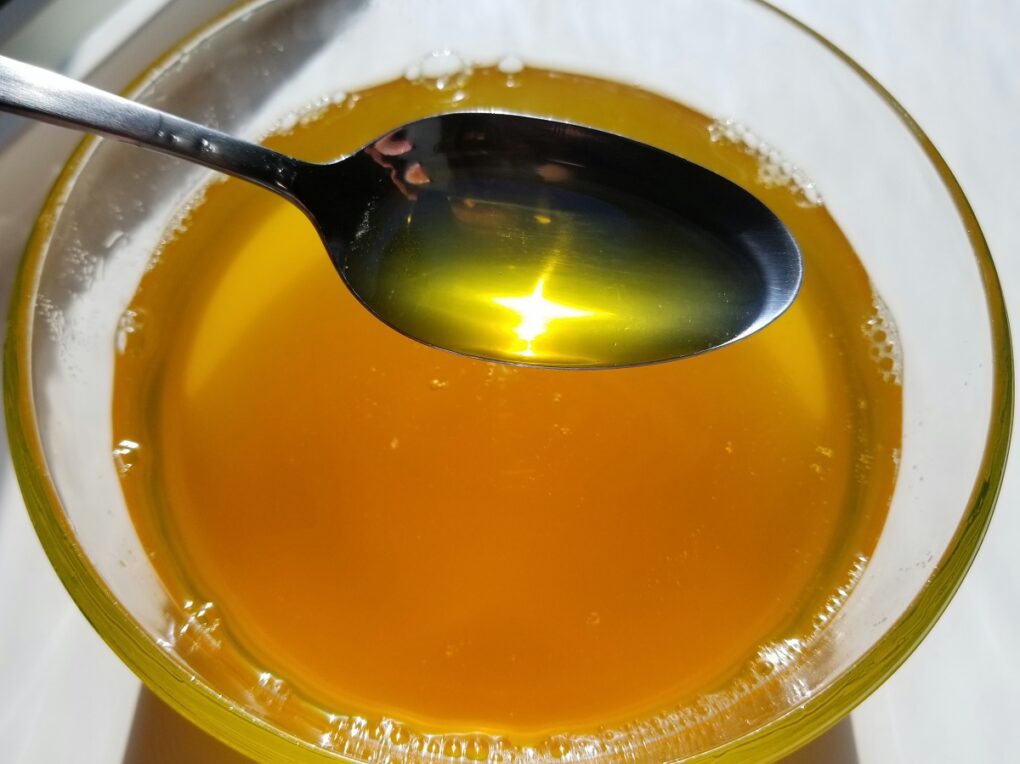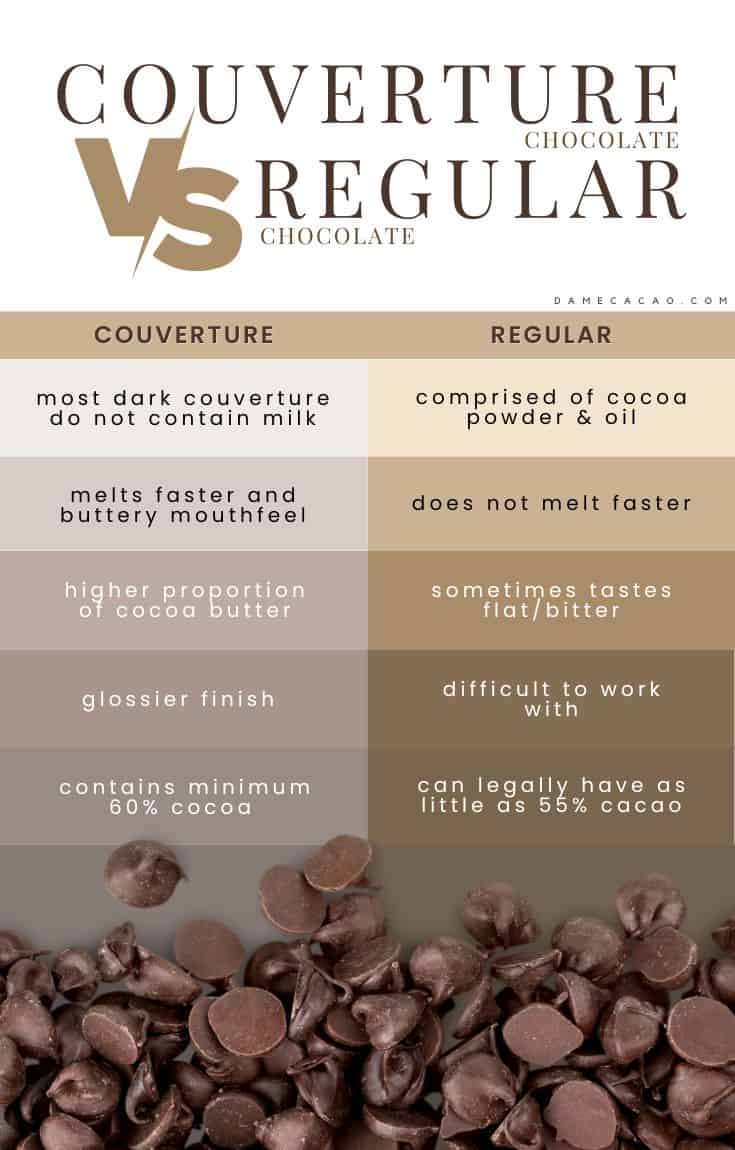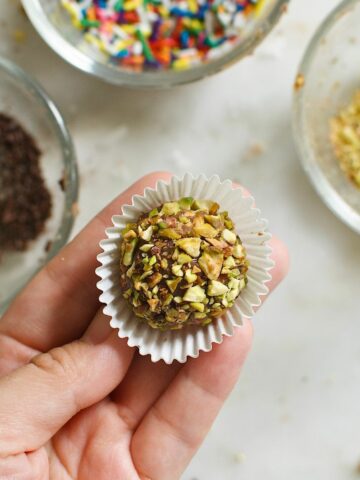Did you know that besides the three basic types of chocolate, dark, milk, and white, a distinction needs to be made between couverture chocolate and compound chocolate? One is considered to be real chocolate, while the other isn't— and one of them can also survive hotter climates for much longer.
The main difference is in the ingredients used to make them, which each lend different characteristics suitable for different, specific applications. Knowing the differences between couverture vs compound chocolates will help you decide what's best to use in any scenario.

Jump To
What is Couverture Chocolate?
Couverture chocolate is basically a high-cocoa content chocolate with extra cocoa butter added to decrease viscosity. It’s considered real chocolate because its main ingredients are cocoa liquor and cocoa butter, the core materials needed to make regular chocolates.
In Europe dark couverture chocolate needs to contain at least 35% cocoa solids and no less than 31% cocoa butter. There is also couverture milk chocolate, which should not have less than 25% cocoa solids. Compared to conventional chocolate, couverture chocolate starts with a high minimum cocoa butter content that gives it a very smooth melt-in-your-mouth texture.
Together with the finer milling of the cocoa mass, couverture achieves a deep & rich taste, texture, fluidity, glossy appearance, and hardness when tempered properly. Thanks to couverture chocolate's quality ingredients and characteristics, it is considered high-quality chocolate and used almost exclusively by professional chocolatiers.
It is best suited for dipping or coating and tempering, such as in moldings or making garnishes. It can be used for baking, but it isn't recommended, as the high cocoa butter content can cause issues and require adjustments.

What is Compound Chocolate?
Compound chocolate is also known as "compound coating," and is used in cheaper chocolate bars or as chocolate coating. Instead of chocolate liquor and cocoa butter, compound chocolate is made with cocoa powder and vegetable oils such as coconut oil or palm kernel oil.
White compound chocolate also exists, but is essentially sugar, milk, vegetable fats, and emulsifiers. According to a Canadian food labeling guideline, compound chocolate is chocolate-like rather than actual chocolate. While it may share its appearance, compound chocolate’s composition is different and it lacks the cacao content of actual chocolate.
Since compound chocolate doesn't contain any cocoa butter, it doesn’t need to be tempered and can maintain its stability at higher temperatures. Instead of tempering, compound chocolate simply needs to be heated 3 and 5 °C (5 and 9 °F) above its melting point, around 45°C (113°F). Due to the higher temperatures required to melt compound chocolate, it’s more difficult to digest and can raise cholesterol.
Baking recipes may also need to be adjusted due to the higher levels of sugar in compound chocolate and the presence of salts, oils, and possibly soy.

Couverture Chocolate vs Compound Chocolate Main Differences
Couverture chocolate uses higher-priced natural ingredients while compound chocolate is more like a cost-saving chocolate alternative. When working with couverture chocolate, tempering is required to achieve gloss and fluidity, and can be an involved process. Chocolate compound is more flexible to work with. It simply needs to be heated and doesn't require tempering to improve its workability.
Cocoa butter melts at body temperature, which makes coverture pleasant to eat but difficult to store in warmer climates. On the other hand, the lack of cocoa butter in compound chocolate allows it to stay solid at higher temperatures, but makes it tougher to consume.
Both chocolates have cocoa percentages. Compound chocolate tends to contain more sugar, making it sweeter. However, the lack of natural ingredients can diminish the depth of flavors from the chocolate liquor in both normal and couverture chocolates.

Which is Better: Compound or Couverture Chocolate?
Both couverture and compound chocolates each have their use cases. Knowing about both and how to work with them is an advantage. Couverture is more flexible when it comes to the taste profile, while compound is just easy to work with since it doesn’t need to be tempered. For the consumer, it's also important to know the differences so that you’re aware of the kind of product you are purchasing.
For premium chocolates and a rich authentic experience, couverture chocolate is best. It will be more flavorful, creamier, and have a smoother texture. However, it needs to be stored at cool temperatures to keep the cocoa butter from losing stability and melting the chocolate. Tempering is a requirement for the best results, and chocolatiers prefer it for making bonbons and baking cakes, pastries, and candies that require real chocolate.
On the other hand, compound chocolate is a useful cheap-chocolate alternative for confectionery, baking, and candies. Since it melts at a higher temperature relative to chocolate, it stays solid in hotter and tropical climates, but may be tougher on the stomach.

















Rey Serrano
What is the difference between couverture chocolate and the pure cacao we call here in the Philippines as tableya?
Max
Tableya is made from pure cacao, whereas dark chocolate couverture is almost always sweetened, and has added cocoa butter (the fat pressed from the cocoa beans).